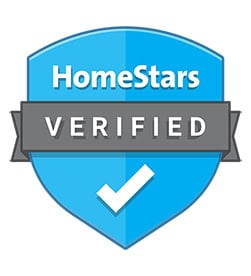Welcome to the “Turf Hotline” sponsored by the Ministry of Agriculture, Food and Rural Affairs for the week of July 7-14, 2000.
We have had a dry week for a change. Temperatures remain cooler than normal. Generally the conditions have been very good over the last week for turf growth.
Dollar spot activity has been moderate over the week. The big flush of dollar spot occurred late last week when we had the hot weather. Leaf spot and “melting out” have been less of a problem because of the dry cool conditions. This is true for red thread as well. The diseases such as take-all patch and necrotic ring spot, which are most evident when we get drier conditions, are starting to show up more now. These root diseases are most noticeable when we have high evapotranspiration rates. The impaired roots are not able to keep up with the evapotranspiration needs of the plants and the result is the dead ring of turf. When speaking about take-all patch last week on the hotline, I indicated that Heritage is now registered in Ontario for take-all patch. I have to retract that statement. Heritage is registered in Ontario, but not for take-all patch. It is labelled for Fusarium patch, pink snow mould, grey snow mould, Pythium and brown patch. Still more reports of anthracnose basal rot. Again, this disease is often worse after topdressing or verticutting. Wounding the turf provides an entrance into the turf plant for this disease organism. There are no fungicide controls for this disease. Dr. Tom Hsiang is conducting an anthracnose basal rot survey to try to determine how big of a problem it is in Ontario. If you do have the disease, please consider sending him a sample and filling out the survey. It can be found at www.uoguelph.ca/~thsiang/turf/survey99/survey00.htm or give my office a call and I can fax you one. My office no. is (519) 824-4120 x 2597.
There have been heavy European chafers flights throughout the week. The adult flights will probably last another week and then start to taper off. European chafer adults fly on warm evenings at dusk. The adults do not feed but they mate in trees and the females will lay their eggs in the turf below the trees. The best time for Merit applications is during European chafer egg laying so for those properties that have had a history of European chafer damage, you should consider applying Merit anytime between now and August 1st. Japanese beetles should be emerging any day now. My colleague, Jen Hobson has just set out Japanese beetle traps in the Niagara area to monitor the adult flights. I will keep you informed about the flights over the next 3 weeks. No sign yet of hairy chinch bug nymphs. The young nymphs are bright red in colour. As they mature they turn brick red. They can usually be found congregating in the crowns of grass plants, so keep an eye out for this pest over the next couple of weeks. Insects do not like wet weather, so the damage from chinch bugs might be minimal this year if we continue to get a lot of rain.
Crabgrass is not as much of a problem this year. It flourishes when we get hot, dry weather. If you are encountering it, it can be treated now with Acclaim Super. For good control there needs to be good coverage of the crabgrass plants.
As far as fertilizing turf, usually this time of year turf is dormant. With all the rain the turf is still growing and may benefit from a fertilizer treatment about now. This is especially true on sandy sites.
Again, thanks for phoning the hotline for this week. The next hotline message will be recorded on Fri. July 14, 2000. – See more at: https://lawnsavers.com/turf-hotline-2000/turf-agrifax-week-15-2000-july-7-2000.html#sthash.TNTNDDiO.dpuf






